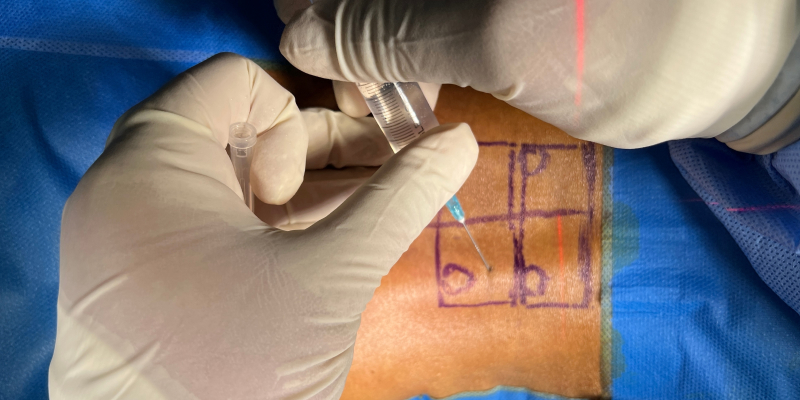Not all spinal conditions responsible for back or neck pain necessitate surgical intervention. But sometimes, the pain doesn’t go away easily with rest, medications or physiotherapy. It is in these cases that spinal injection helps by reducing the pain immediately, allowing the patient to get back to routine activity/ work and start on a brisk course of physiotherapy (which would not be possible otherwise because of the pain).
When a severe back or neck problem remains unresponsive to conservative treatments, our spine specialist may recommend spinal injections, which serve two crucial purposes:
- Diagnostic Injections: These injections are employed to pinpoint the source of pain in the legs, back, arms, or neck, helping with accurate diagnosis.
- Therapeutic Injections: These injections are utilised to alleviate pain and provide effective treatment.
The most frequently used type of steroid injection for spinal issues is the Epidural Steroid Injection (ESI), often containing cortisone. These ESIs are employed by spine specialists to address nerve irritation resulting from disc injuries (damage to the cushioning between your spinal bones) or joint conditions such as rheumatoid arthritis or osteoarthritis.





